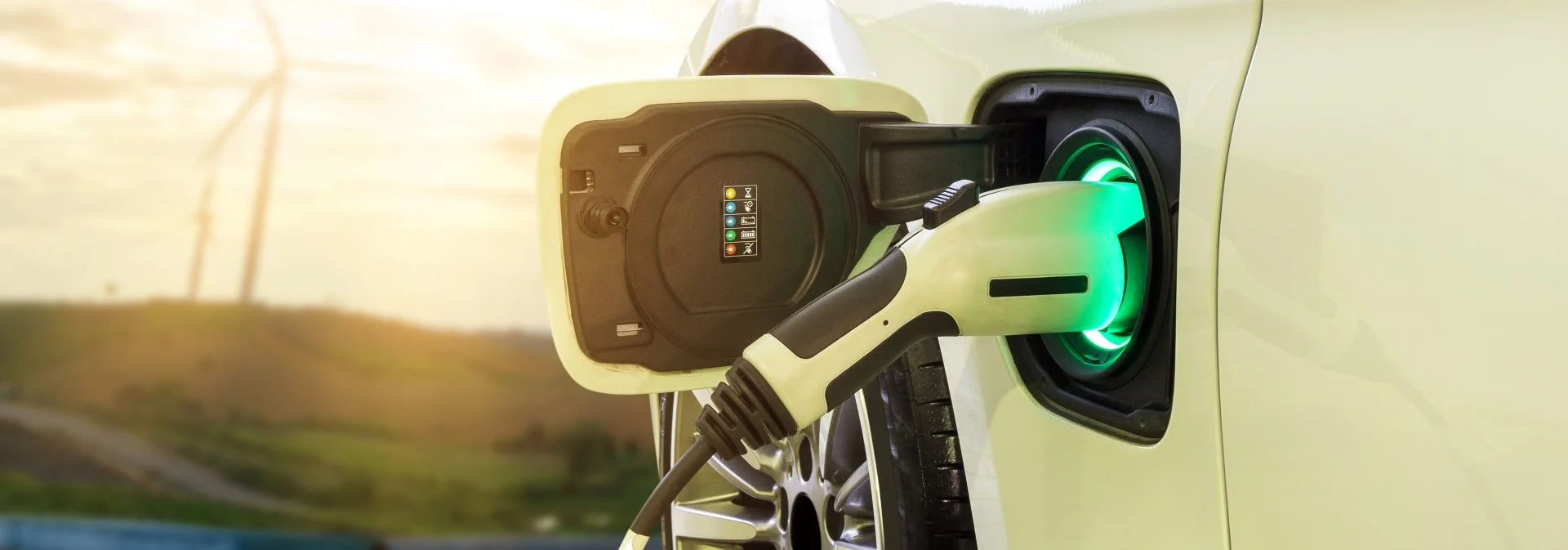HYBRIDS, EVS, & FEVS

HYBRIDS, EVS AND FEVS IN KUNES GMC OF BELVIDERE
Due to the changing times, most auto manufacturers have begun to develop more eco-friendly vehicles in order to reduce air pollution. It's easier than ever before to find these types of vehicles, and the technology keeps improving!
In addition to improving energy density, solid-state batteries can decrease charging times and lower the risk of overheating in these vehicles. Solid-state batteries replace the liquid electrolyte with solid structure. This ultimately allows ions to be faster in their movement between the anode and the cathode.
There will still be lithium-ion batteries in vehicles in the future, and the technology supporting them is improving. When it comes to lithium-ion batteries, they rely on lithium nickel manganese cobalt oxide chemistry with an electrolyte. This is a problem due to the fact that these components can freeze or short circuit and are becoming increasingly hard to obtain. To improve the energy density of these types of batteries, improvements are being made to replace the cobalt and the graphite electrodes. In short, this means that your batteries will be able to hold more energy.
In addition to batteries, motors are also improving. When it comes to automotive research and improving the efficiency of these vehicles, cost, weight, and the efficiency of electric motors are all imperative factors.

Are you wondering what kind is right for you and your lifestyle? We’ve put together a small list of some of the most popular variants of eco-friendly vehicles to help you find out what works best for you!
ELECTRIC VEHICLES
Battery-powered electric motors run electric vehicles either completely or partially. The efficiency and practicality of electrics differ from one another, and some have pros and cons.
HYBRID VEHICLES
Hybrid vehicles combine an electric motor with a gasoline engine. There are usually some options when it comes to how the electric motor and the engine work together. In some cases, only one of them works to fuel and move the vehicle. However, they may also work together. This combination and these options are ultimately aimed at reducing gasoline consumption.
Hybrids can be categorized into parallel hybrids, series hybrids, or plug-in hybrids.
PARALLEL HYBRIDS
Currently, these are the most common hybrid vehicles on the market. Using two fuel sources, they combine an electric motor and a gas engine in a common transmission that takes advantage of both.
SERIES HYBRIDS
In series hybrid vehicles, only the electric motor propels the vehicle forward. Gas engines are present, however, they are only used to charge batteries that power the electric motor. In essence, the vehicle functions more like an electric car.
PLUG-IN HYBRIDS
Plug-in hybrids are most similar to parallels but require routine charging of the battery pack to continue efficient use. If the electric range charge ends up being depleted, the vehicle functions the same way parallels do. Fuel consumption is reduced by this function. You will be running on electricity for your entire drive if you routinely charge and have a short drive.
As a result of all the work put forward to improve these vehicles, we are on track to have electric vehicles that are just as effective as gas-powered vehicles. Our inventory of these new revolutionary cars can be found here. If you are interested in finding and driving one of these vehicles, take a look!
